Home>Ideas and Tips>Home Brewery Design Ideas: Craft Beer Making Spaces
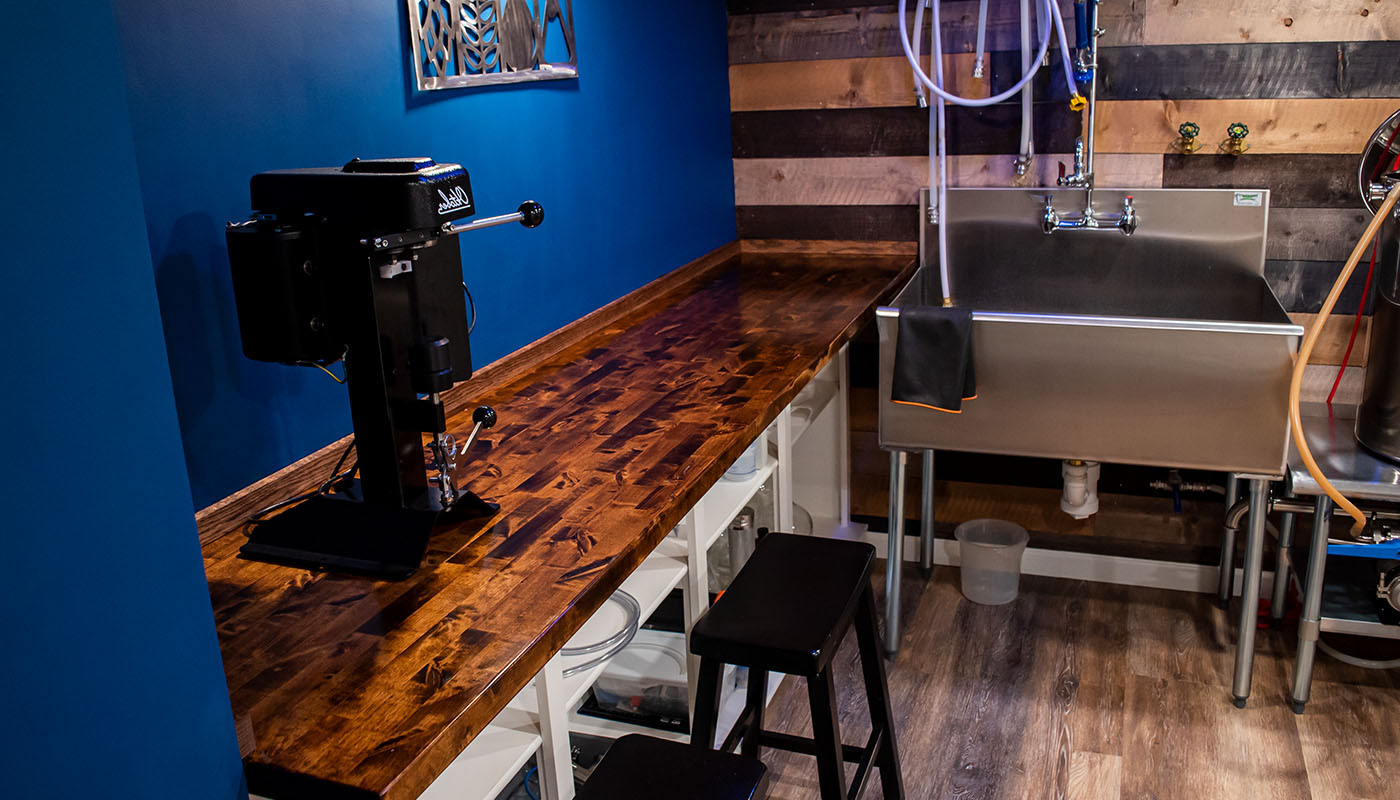

Ideas and Tips
Home Brewery Design Ideas: Craft Beer Making Spaces
Modified: October 20, 2024
Discover top home brewery design ideas to create functional and stylish beer-making spaces. Perfect for both novice and experienced brewers.
(Many of the links in this article redirect to a specific reviewed product. Your purchase of these products through affiliate links helps to generate commission for Storables.com, at no extra cost. Learn more)
Creating a home brewery is a dream shared by many beer enthusiasts. It's not just about brewing beer; it's about crafting a space that combines functionality, creativity, and passion. Whether you're an experienced brewer or just starting out, designing your home brewery requires careful planning and attention to detail. In this article, we'll explore various design ideas and tips to help you create the ultimate home brewery.
Planning Your Home Brewery
Before diving into the design process, it's essential to plan your space thoroughly. Here are some key steps to consider:
Assessing the Space
- Measure the Area: Measure the available space in your garage, basement, or any other area you plan to use for your brewery. This will help you determine the layout and ensure that all equipment fits comfortably.
- Identify Constraints: Note any constraints such as windows, doors, electrical outlets, and plumbing. These will influence where you place your equipment and how you design the space.
- Consider Ventilation: Proper ventilation is crucial for a home brewery. Ensure that your space has adequate airflow to prevent the buildup of CO2 and other gases.
Initial Design Concepts
- Collaborate with Experts: If you're not familiar with design software or have limited experience in DIY projects, consider collaborating with experts. For example, if you have a kitchen designer in your family, like in the case of the brewer in, they can help you create an initial design draft.
- Use Design Software: Utilize software like 2020 to create a rough estimate of the space and visualize your design. This will help you make adjustments before moving to more detailed planning.
Designing the Ultimate Home Brewery
Practical Brewing Area
-
Wort Production Station:
- Utility Sink: A large utility sink with hot and cold water is essential for cleaning kettles and fermenters. Consider adding a drain tray to prevent spills and make cleaning easier.
- Hot Liquor Tank (HLT): The HLT is used to heat water for mashing. It should be placed near the utility sink for easy access.
- Mash Tun: The mash tun is where the mashing process occurs. It should be positioned close to the HLT to facilitate efficient brewing.
- Boil Kettle: The boil kettle is where the wort is boiled. It should be large enough to hold the entire batch of wort and have an overhead condensate hood to prevent spills.
-
Sanitation Station:
- A dedicated sanitation station is crucial for maintaining cleanliness in your brewery. This area should include a large sink, space for drying equipment, and an RO system attached to a pot filler for brewing water only.
-
Fermentation Station:
- The fermentation station is where all the conical fermenters, buckets, and carboys will be stored on wheels. This allows for easy movement from the boil kettle back to the station.
-
Preparation Station:
- A 4-foot stainless steel prep table can be used for making yeast starters, packaging hops, canning beer, and storing small brewing gear. Consider adding shelves above it for storing chemicals and other brewing supplies.
-
Ingredient Storage and Milling:
- If you have limited space in your brewery area, consider storing bulk ingredients in another garage or room. This will give you more room for people to hang out and drink while keeping your brewing supplies organized.
Taproom and Social Area
-
Taproom Design:
- A taproom can be designed to feel like an outdoor space by painting one of the walls white and adding outdoor wall lights. You can also include a counter bar with picnic tables in the middle.
- Consider using a bomber fridge, can fridge, and 3-tap kegerator for serving craft beer. If you have more space, you can build a massive keezer that serves from 6 taps and holds up to 10 corny kegs.
-
Personal Touches:
- Add personalized items such as pint glasses, growlers, or wall decor to make your brew space feel more custom. Borrow decorative elements from your favorite beer bar like retro neon signs or hanging pint glass racks.
Organizing Your Brew Space
Vertical Storage
-
Commercial Shelving Units:
- Most brew spaces benefit from commercial shelving units with adjustable shelves. These units help keep all your brewing supplies organized and within reach.
-
Elevated Storage Locations:
- Look for elevated storage locations to maximize space. For example, you can use storage shelves above your prep table to store chemicals and other brewing supplies.
-
Mobile Workbenches:
- Consider using mobile workbenches like the one described in. These benches can double as brew benches and have storage cabinets for keeping gear close by and dust off when not in use.
Process Flow and Planning
-
Efficient Work Areas:
- A brewery needs efficient uncluttered work areas with convenient tool locations. The basics for any organization are simple: a place for everything and everything in its place.
-
Less is More:
- Less is more in work areas. Avoid cluttering your space with unnecessary items. This will make it easier to move around and maintain cleanliness.
-
Process Flow Planning:
- Plan your process flow carefully before organizing and rearranging your space. Start with a clear understanding of the brewing process and design your space accordingly.
Tips for Building the Ultimate Home Brewery
Collaborate with Fellow Brewers
-
Find a Mentor:
- Collaborate with fellow brewers, especially those with more experience. You will always learn something from the conversations you have, and it can significantly improve your brewing skills.
-
Join a Local Beer Club:
- Joining a local beer club or creating one can provide invaluable knowledge and support. The Red Rice Brew Krewe mentioned in is an excellent example of such a community.
Measure and Plan Carefully
-
Measure the Space:
- Measure the space you have available for your system. Make a list of all the equipment you want in your system with the dimensions of each piece of equipment.
-
Ask for Advice:
- Ask fellow brewers for their thoughts and advice. You will need to make several drawings before you get a good working idea of what will work for the space you have.
Consider DIY Projects
-
Build Your Own Structure:
- If you're on a budget, consider building your own structure from scratch. This can be a rewarding DIY project that teaches you new skills.
-
Use Local Materials:
- Use local materials and tools to build your brewery. This not only saves money but also adds a personal touch to your space.
Read more: Make A Grand Entrance With Entryway Design
Conclusion
Creating the ultimate home brewery is a journey that requires patience, creativity, and meticulous planning. By following these design ideas and tips, you can craft a space that not only produces excellent beer but also serves as a functional and stylish area for brewing enthusiasts. Whether you're an experienced brewer or just starting out, remember that home brewing is about 90% preparation and about 10% enjoying the fruits of your labor. With careful planning and attention to detail, you can create a home brewery that is truly unique and reflects your passion for craft beer making.
Additional Resources
For more detailed information on home brewery design and construction, consider the following resources:
- Grainfather Community: An interview with Jon Martin of Marfly Brewing Co., which provides insights into building the ultimate home brewery using Grainfather equipment.
- Brew Your Own: An article by John Blichmann offering advice for setting up a homebrewery area that includes thought for practical brewing, storage, and maneuverability.
- Homebrew Academy: A detailed guide on building the ultimate home brewery, including tips on crafting your beer paradise.
- Brew Cabin: A comprehensive guide on assessing the garage space and initial design concepts for building a home brewery setup.
- Trulia: Tips for creating a personalized tap room with home-brew hacks that make your brew space feel more custom and functional.
Was this page helpful?
At Storables.com, we guarantee accurate and reliable information. Our content, validated by Expert Board Contributors, is crafted following stringent Editorial Policies. We're committed to providing you with well-researched, expert-backed insights for all your informational needs.

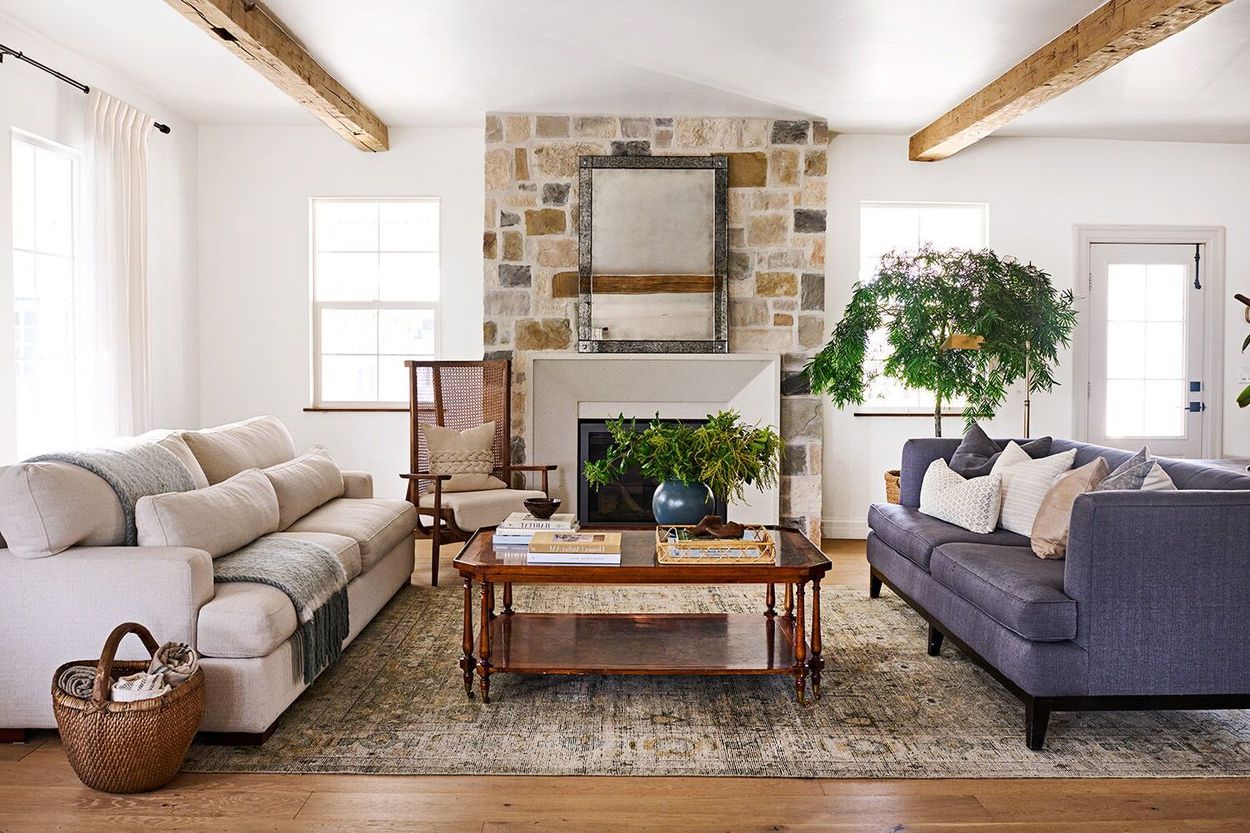
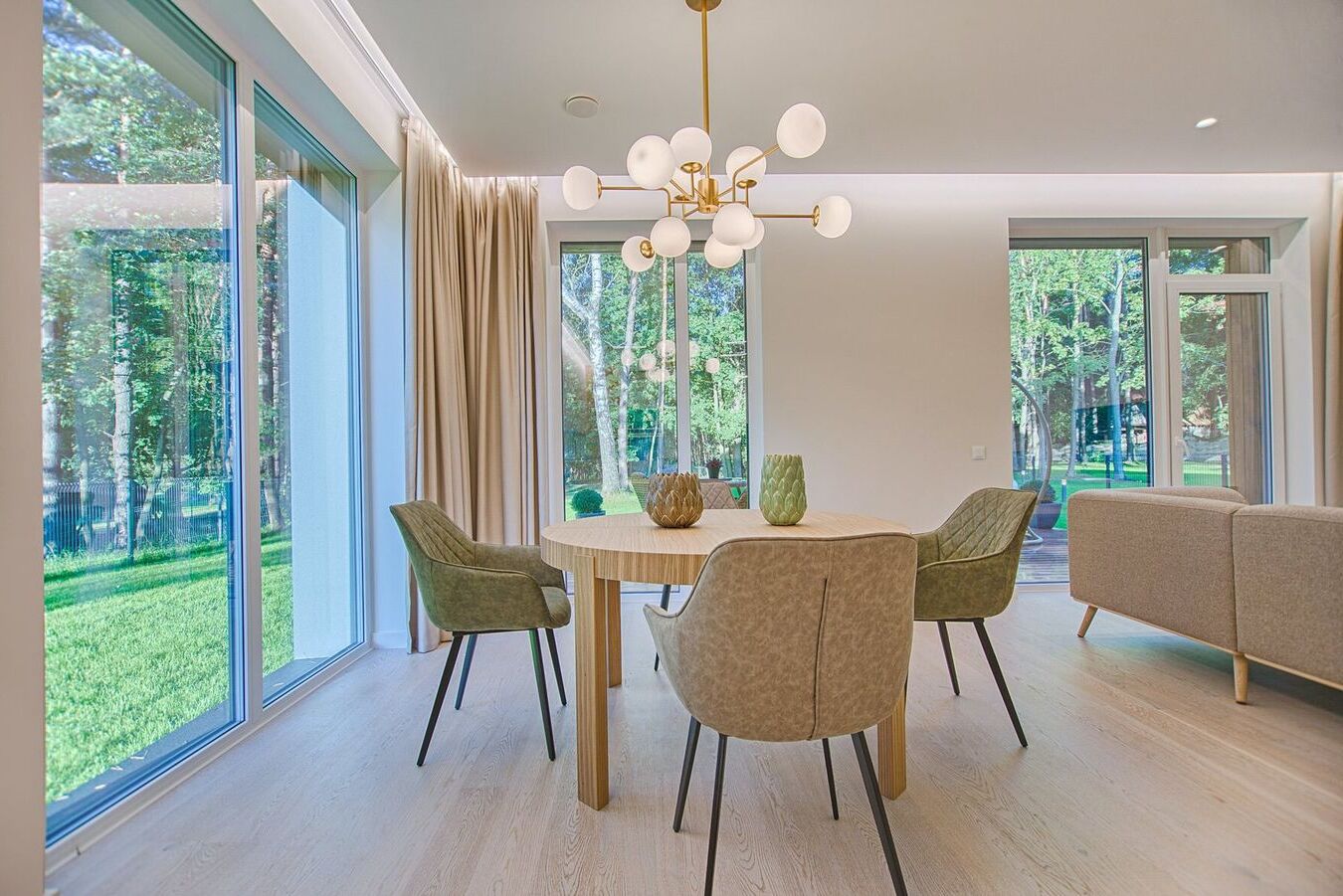

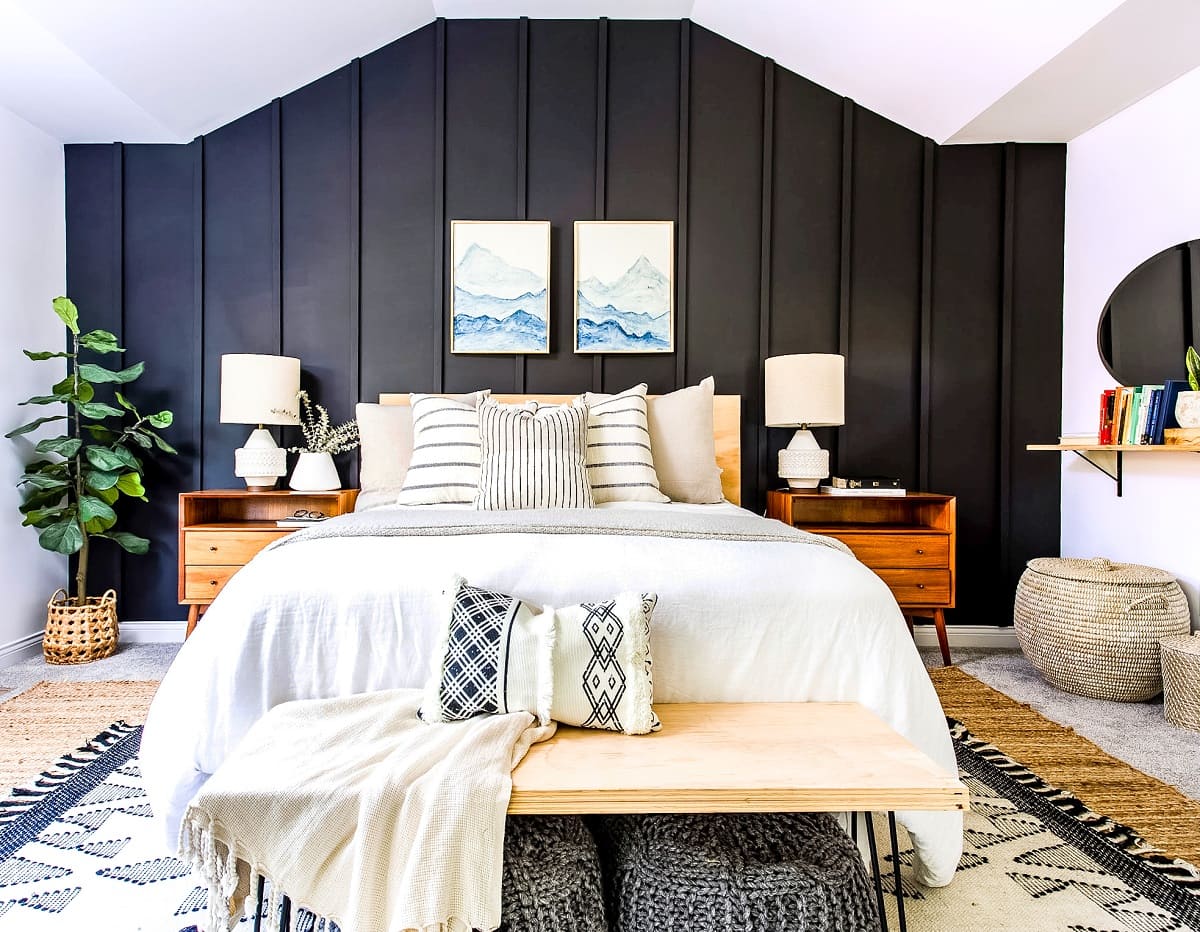
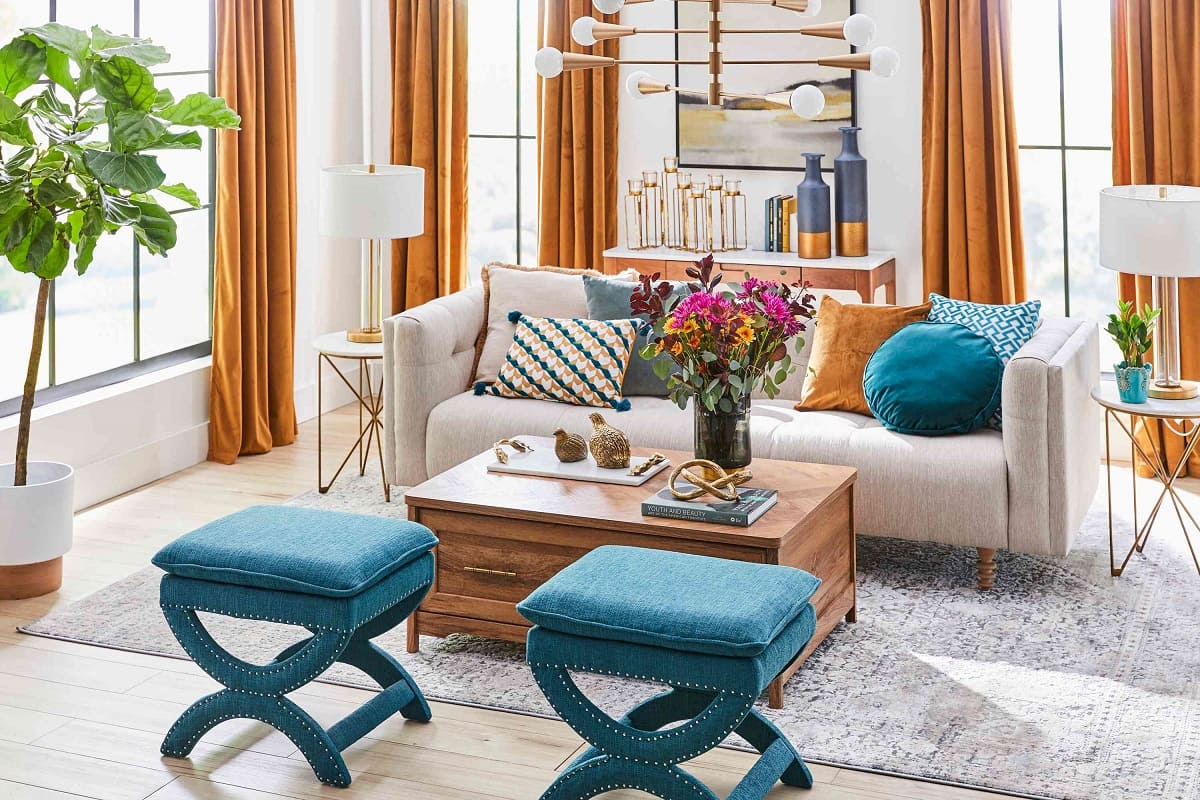

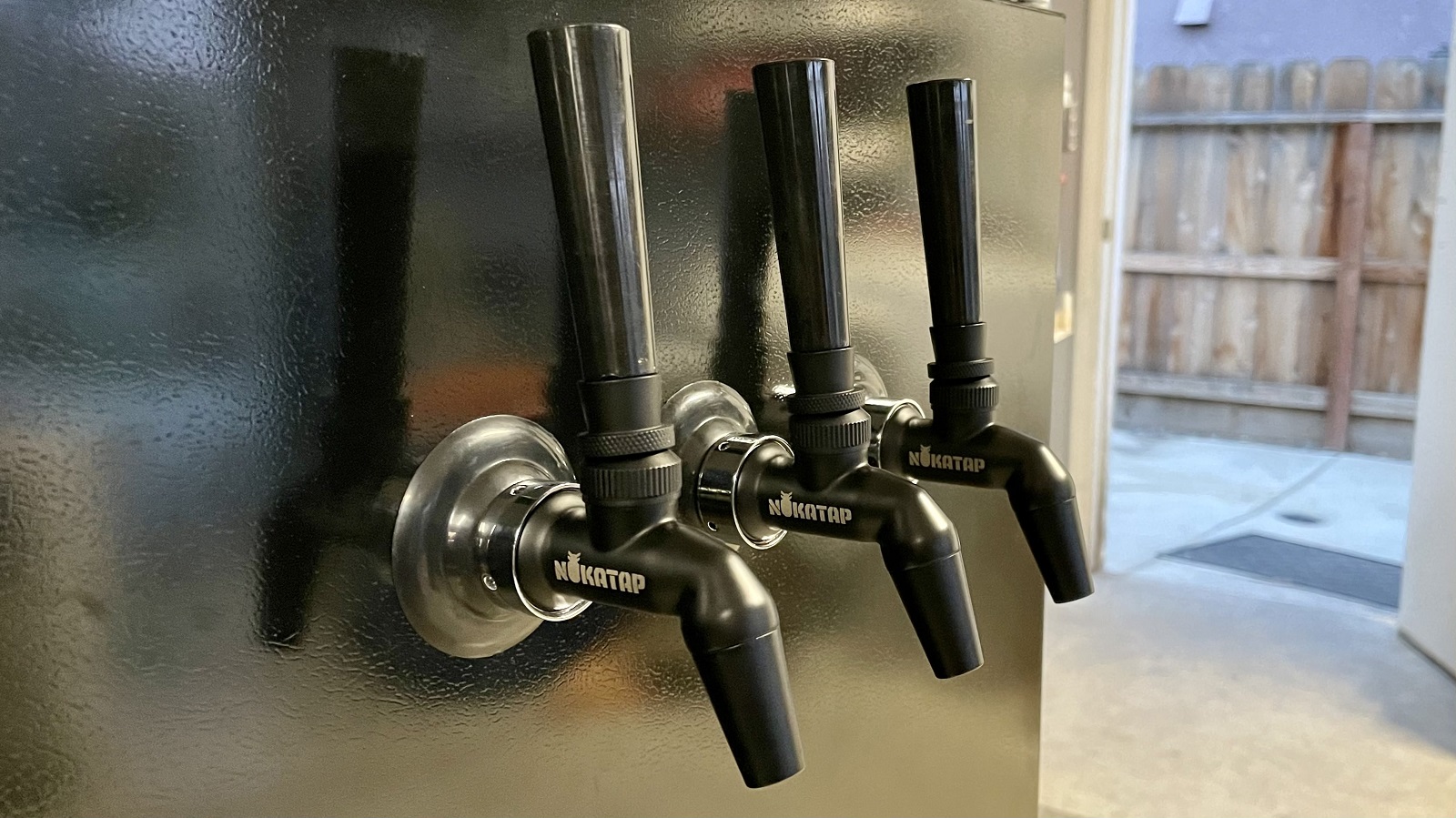
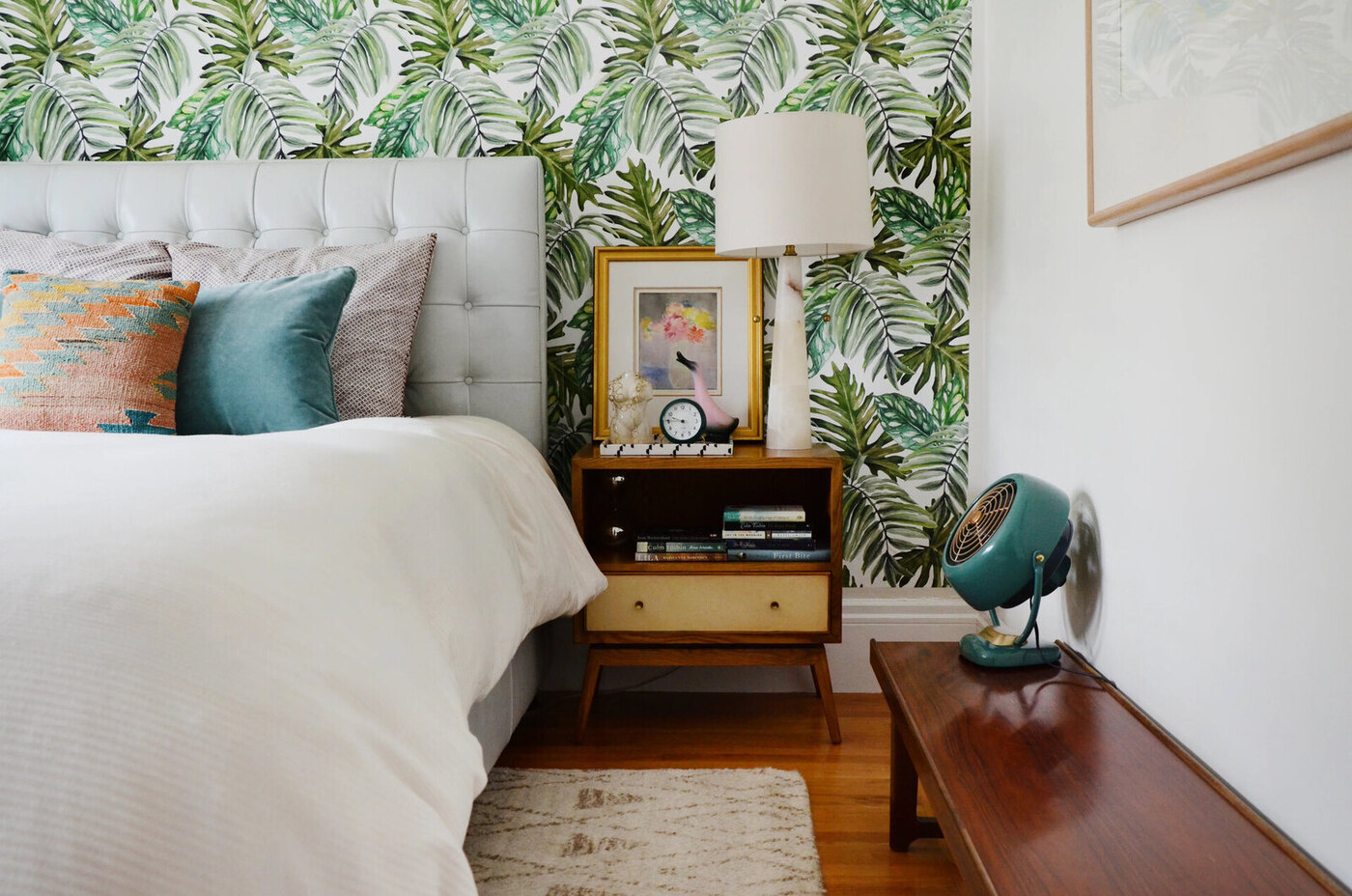
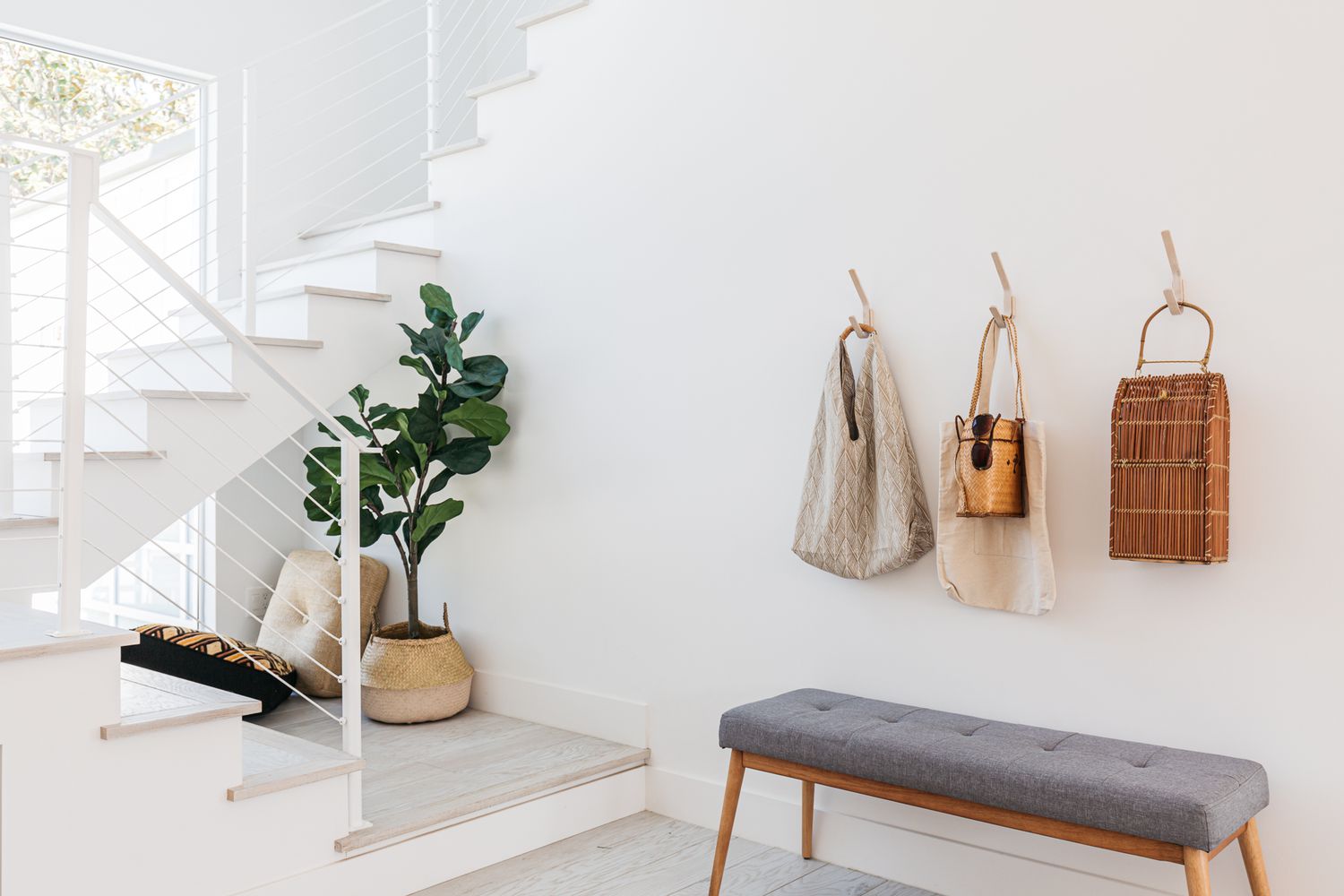
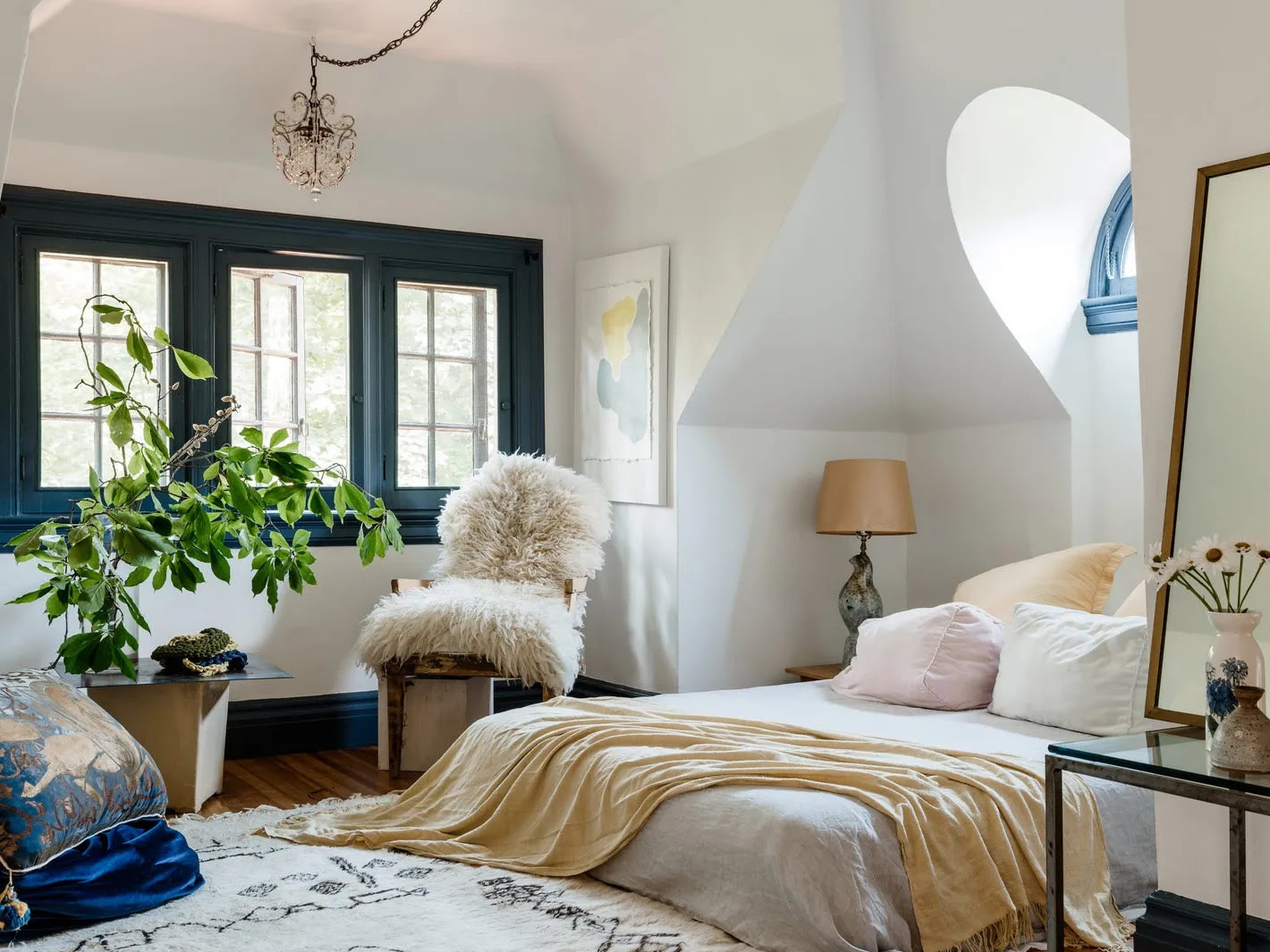
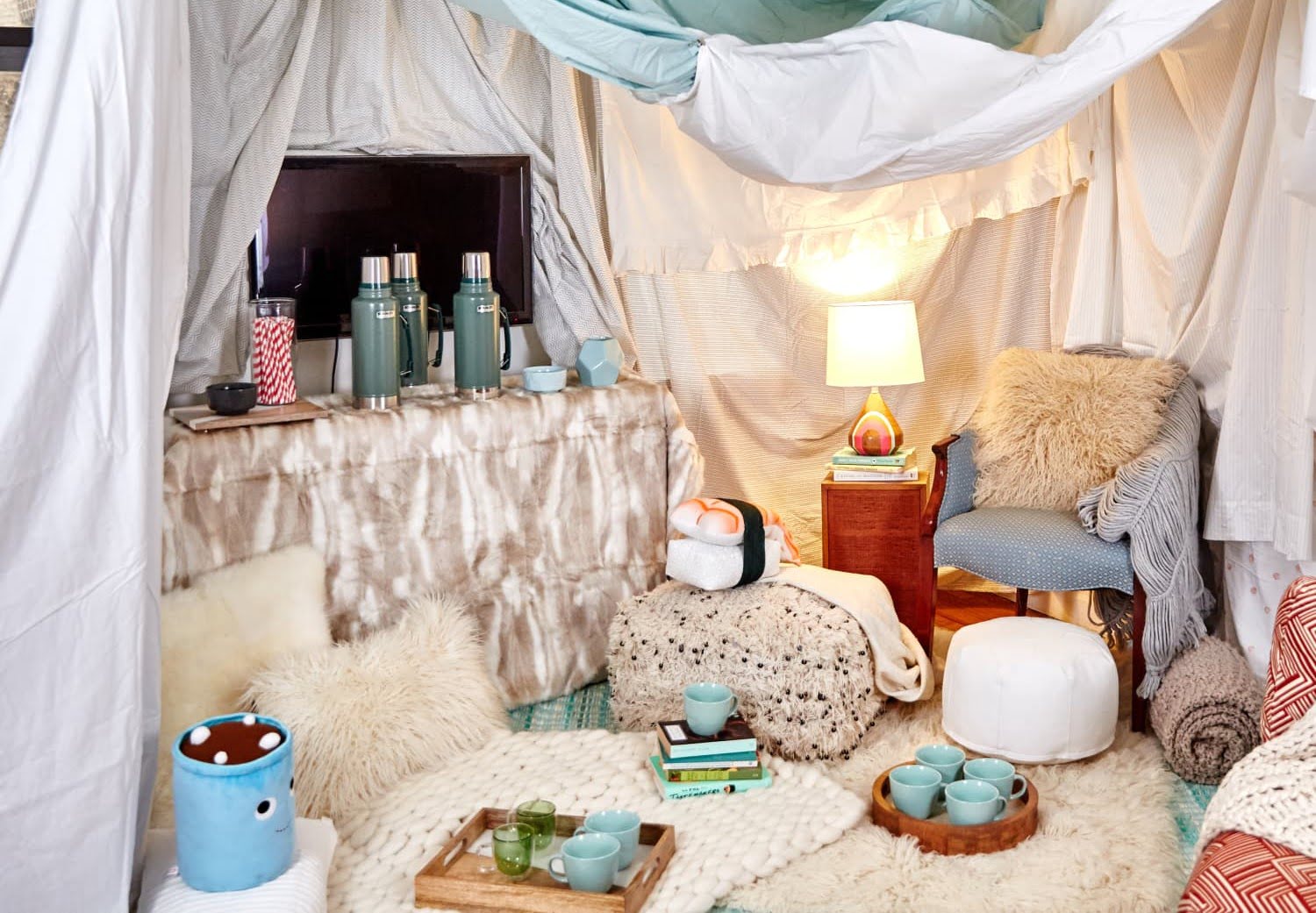

0 thoughts on “Home Brewery Design Ideas: Craft Beer Making Spaces”